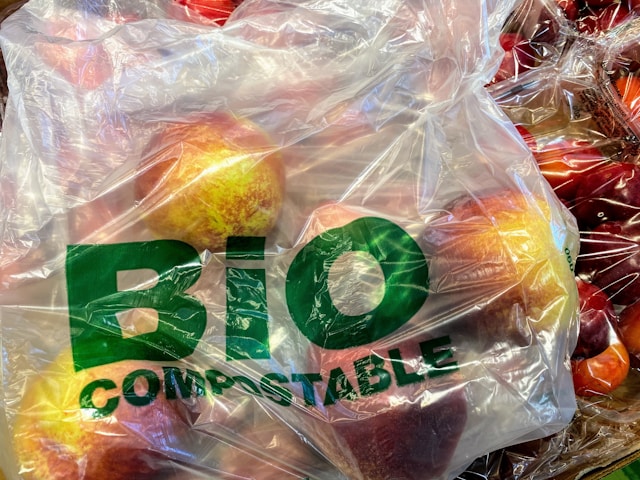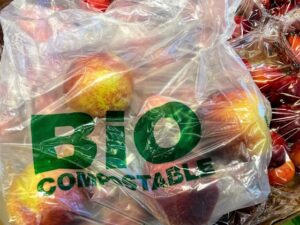Americans waste an astounding amount of food – about 133 billion pounds per year.
When that food ends up in landfills, it doesn’t just magically disappear, it decomposes and releases methane, a greenhouse gas approximately 80 times more potent than carbon dioxide in its first 20 years, making food waste a major contributor to climate change.
That’s where composting can play a valuable role – keeping organic materials out of landfills and returning nutrients back to the soil instead of sending methane into the atmosphere.
So, what’s the best way to compost at home? It depends on your space, your lifestyle, and your patience level. Let’s break down the two most common types of backyard composting – cold and hot composting.
Cold composting: Set it and forget it
Cold composting, also known as passive composting, is the low-maintenance option. If you’re looking for a no-fuss way to divert food and yard waste, this might be the method for you.
In a cold compost system, you simply pile up your food scraps, yard trimmings, and other organic materials and let Mother Nature do the work. You don’t need to worry as much about ratios, aerating the pile, or managing moisture levels.
But there is a tradeoff – cold composting takes time, often one to two years, to produce finished compost. And because the pile doesn’t reach high temperatures, it won’t kill pathogens, weed seeds, or pests during decomposition. That means your compost may still contain some unwanted elements, depending on what you toss in.
Cold piles also tend to be anaerobic, meaning they lack oxygen and are broken down by microorganisms that thrive in oxygen-poor environments. As a result, cold composting can sometimes lead to unpleasant smells or soggy material.
Still, for those who want a low-effort, low-cost solution and don’t mind waiting, cold composting offers an easy path to more sustainable living.
Hot composting: Fast, efficient, and more hands-on
Hot composting is the faster and more controlled version of backyard composting. While this method requires a little more effort, it pays off in speed and quality.
In a well-managed hot compost system, organic matter heats up from 130°F to 160°F, attracting oxygen-loving microbes that speed up decomposition. Under ideal conditions, you can produce rich, usable compost in as little as four weeks.
To succeed with hot composting, you’ll need to pay attention to:
- The carbon-to-nitrogen ratio (commonly referred to as “browns” and “greens”).
- Aeration, by turning the pile regularly.
- Moisture levels, which should be damp but not soggy.
The high heat accelerates the process and kills most weed seeds, plant diseases, insect eggs, and pathogens, making it a safer, cleaner compost. For those with a bit more time and interest, hot composting offers a more effective and satisfying solution with faster results.
Do try this at home
So, how can you do this at home? You’ll need a designated space or container to contain the heat and help manage the hot pile. Options include:
- A compost bin or tumbler, which helps insulate the pile and makes turning easier.
- A simple three-bin system, often made from wood pallets or fencing material, allowing you to turn and transfer materials between stages.
- A covered heap, where you use a tarp or lid to help retain moisture and warmth.
To boost and maintain heat, aim for a heap at least four feet high and wide, as the internal mass helps trap heat. Regularly turning keeps oxygen flowing, which fuels microbial activity. If temperatures dip too low, you can add more nitrogen-rich greens, like food scraps or fresh grass clippings.
While it takes a bit more commitment, hot composting is a great option for gardeners, avid recyclers, or anyone looking to make a meaningful environmental impact at home.
Composting is good, but reducing waste is better
Whether you choose a low-effort cold pile or a high-effort hot pile, composting is a valuable tool in lessening landfill waste. But it’s not a silver bullet. According to the Environmental Protection Agency’s (EPA) food waste scale, composting is one of the lesser preferred methods of reducing food waste. The most impactful strategy is to prevent waste at the source – by planning meals, buying only what you need, and storing food properly to extend its life.
Still, life happens, and even with the best intentions, we all end up with food scraps. Choosing to compost can be a simple, meaningful way to return nutrients to the earth and keep harmful methane out of our atmosphere. In the end, food belongs in our bellies and in the soil – not in the landfill.




